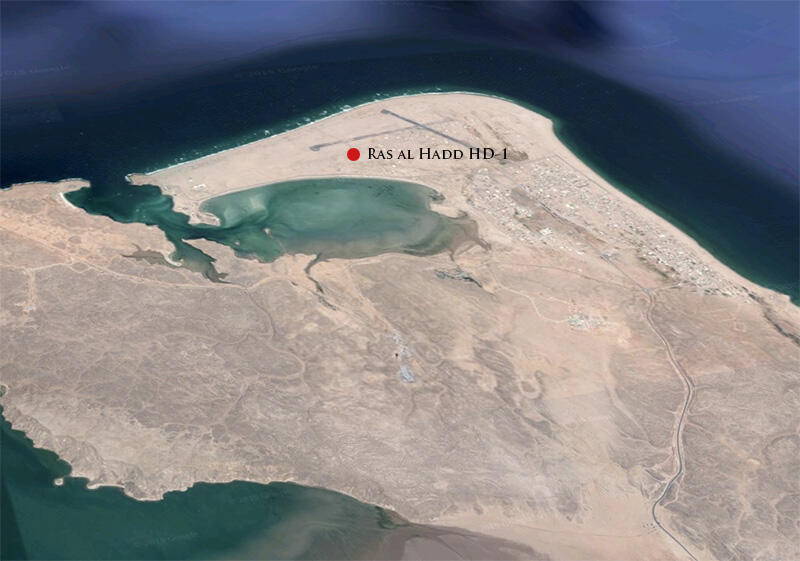"Recent discoveries of Indus and Indus related materials at sites in the interior, and a general reassessment of comparable materials throughout Oman, suggest a more complex model of interaction. . . these artefacts probably reflect the presence of small groups of Indus merchants and craftspeople integrated into local communities and directly involved with important socioeconomic activities," write the authors, a thesis which (very) recent discoveries at a seasonal site called Ras al Hadd HD-1 further support. Radiocarbon dates place it in the middle of the third millennium (c. 2500 BCE), around the height of the Indus Valley civilization, making this a second contemporary civilization (besides ancient Mesopotamia) where Indus peoples seem to have had a deep presence. Evidence for the reverse – foreign traders in Indus cities – is still minimal in comparison.
A fine summary with new, detailed evidence across artifact types from what seems to have been a seasonal trade hub. Once again new analyses of materials show connections to the southern Indus Valley and open new avenues of research and speculation. It is encouraging to hear about the involvement of Jonathan Mark Kenoyer as co-director with Maurizio Cattani in a new joint Italian-American research collaboration in Oman, which suggests there are high expectations of more novel and exciting discoveries linking ancient civilizations.

